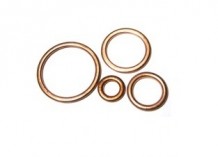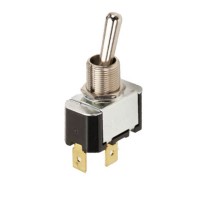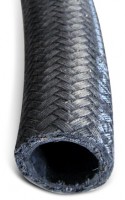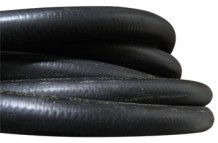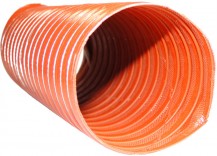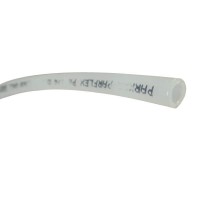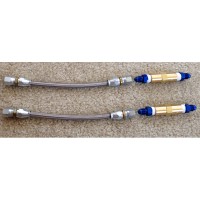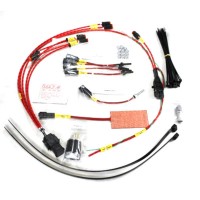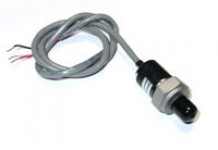THE AVIATION SUPERSTORE FOR ALL YOUR AIRCRAFT & PILOT NEEDS | 877-4-SPRUCE
V-2 Wehrmacht Model
$215.95/Each
Part# 13-10811
MFR Model# FGV2TE
MFR Model# FGV2TE
Overview
|
The V-2 rocket was the first ballistic missile and the first man-made object to achieve sub-orbital spaceflight. The first V-2 rocket to reach operational status was Batterie 444 and on September 2, 1944, they formed up to launch attacks on Paris and eventually set up in Houffalize in Belgium. There were hundreds of V-2s launched that blew up in mid-flight and never made it into allied statistics. On March 27, 1945, the last British civilian killed was Mrs. Ivy Millichamp, 34, in her home in Elm Grove, Orpington and an estimated 2,754 were killed in London by V-2 attacks with another 6,523 injured, which is just two people killed per V-2 rocket. The V-2, despite being one of the most advanced weapons in WWII, it was militarily ineffective as it lacks a proximity fuse, so it couldnt be set for air burst. The V-2s undeniable value, despite its over-all ineffectiveness, was in its novelty as a weapon which set the stage for the next 50 years of ballistic military rocketry, culminating with ICBMs during the Cold War. At the end of World war II, many V-2 rockets were retrieved by the United States and the USSR, There were three hundred trainloads of V-2s and parts were captured and shipped to the United States and 126 principal designers both Wermher von Braun and Walter Dornberger were in American hands. In October 1945, during Operation Backfire, a small number of V-2 missiles were assembled by the British and launched three of them from a site in northern Germany. Operation Paperclip recruited German engineers to the US and Special Mission V-2 transported V-2 parts to White Sands Proving Grounds. The USSR also captured a number of V-2s and staff. After the war, V-2s launched in secret may have been responsible for Ghost Rockets, wherein unexplained objects crossed the skies over Sweden and Finland. A competitor for the Ansari X Prize, the Canadian Arrow, is based on the V-2. |
WARNING: Cancer and Reproductive Harm - www.P65Warnings.ca.gov. |
Q&A
Please note, Aircraft Spruce's personnel are not certified aircraft mechanics and can only provide general support and ideas, which should not be relied upon or implemented in lieu of consulting an A&P or other qualified technician. Aircraft Spruce assumes no responsibility or liability for any issue or problem which may arise from any repair, modification or other work done from this knowledge base. Any product eligibility information provided here is based on general application guides and we recommend always referring to your specific aircraft parts manual, the parts manufacturer or consulting with a qualified mechanic.








 FREE Shipping
FREE Shipping

